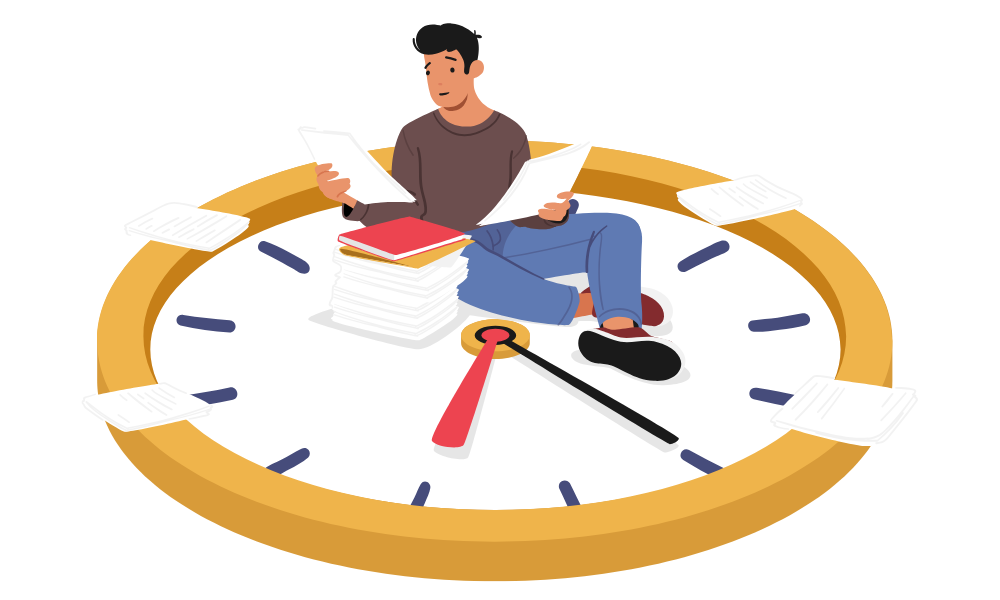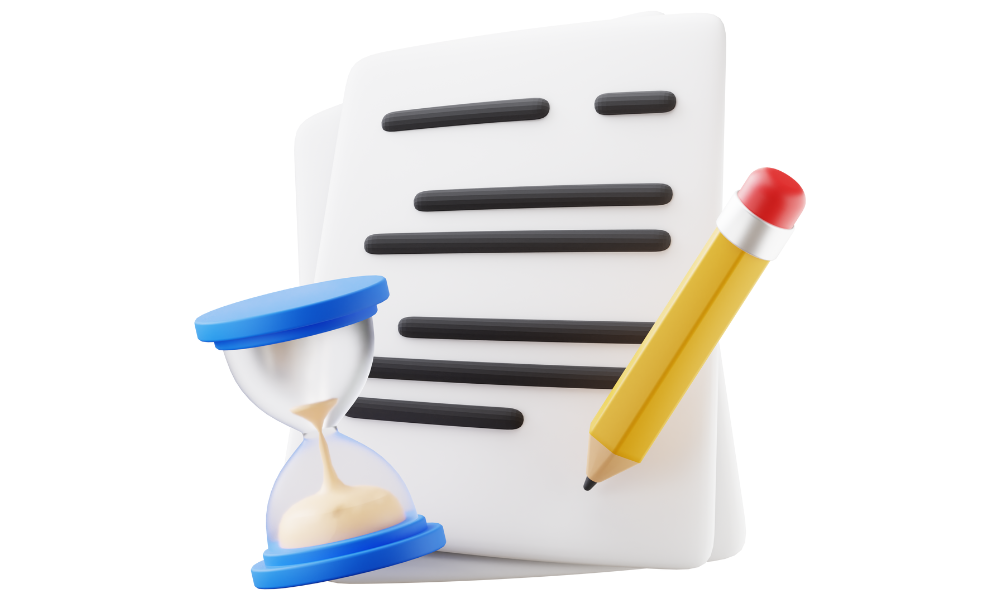
For school students, managing time effectively is key to academic success. A well-structured Self Study Time Table helps students utilize their study hours efficiently, ensuring a balanced approach between schoolwork, revision, and leisure activities.
With the increasing competition in academics, students, especially those from top boys boarding schools in India, need a strategic study plan to achieve their goals.
A carefully designed Self Study Time Table allows students to stay organized, reduce last-minute cramming, and improve overall retention of concepts.
It ensures that students allocate adequate time for each subject while also taking breaks to avoid burnout. The key to effective self-study is consistency, discipline, and the right balance between study and relaxation.
How to Create an Effective Self Study Time Table

A successful Self Study Time Table should be realistic, flexible, and tailored to a student’s individual learning needs. Here’s how students can create one:
1. Identify Study Goals
Before setting up a timetable, students must:
- Determine their academic strengths and weaknesses.
- Identify the subjects that require more attention.
- Set short-term and long-term study goals.
- Prioritize subjects based on exam schedules and difficulty levels.
2. Allocate Study Hours Wisely
Students should distribute their study hours based on the importance and difficulty level of each subject. A practical approach is:
- Difficult subjects: 40% of total study time.
- Moderate subjects: 30% of total study time.
- Easier subjects & revision: 20% of total study time.
- Breaks & relaxation: 10% of total study time.
- Regular revision sessions to reinforce learning.
3. Maintain a Balance Between Subjects
To ensure efficiency:
- Rotate subjects to maintain interest and avoid monotony.
- Allocate more time to weaker subjects.
- Include practice sessions for numerical and analytical subjects like Math and Science.
- Read theoretical subjects aloud or use flashcards for better memorization.
4. Follow the Pomodoro Technique
The Pomodoro Technique helps students remain focused while studying:
- Study for 25–50 minutes.
- Take a 5–10 minute break.
- Repeat the cycle for 3–4 sessions, then take a longer break.
- Use productivity apps to track study sessions.
5. Include Time for Self-Assessment
Students should dedicate time for:
- Solving past papers and sample questions.
- Taking self-quizzes.
- Revising notes and highlighting key points.
- Discussing difficult concepts with teachers or peers.
6. Incorporate Physical Activities
A productive Self Study Time Table must include time for:
- Exercise to enhance concentration.
- Meditation or breathing exercises to reduce stress.
- Outdoor activities for relaxation.
- Adequate hydration and healthy snacking.
7. Ensure Proper Sleep Schedule
A tired mind cannot focus effectively. Students should aim for 6–8 hours of sleep to enhance cognitive function and memory retention.
- Avoid screens 30 minutes before bedtime.
- Maintain a consistent sleep-wake cycle.
- Practice light stretching or reading before bed.
Sample Self Study Time Table for Students

Here’s a sample Self Study Time Table that students can modify according to their needs:
Morning Session:
- 6:30 AM – 7:00 AM: Light exercise or yoga.
- 7:00 AM – 8:00 AM: Revision of previously studied topics.
- 8:00 AM – 8:30 AM: Breakfast and relaxation.
- 8:30 AM – 9:30 AM: Focused study session (Difficult subject).
- 9:30 AM – 10:00 AM: Short break.
- 10:00 AM – 11:30 AM: Practice numerical subjects (Math, Physics, Accounting, etc.).
Afternoon Session:
- 12:00 PM – 1:00 PM: Theory-based subject (History, Literature, etc.).
- 1:00 PM – 2:00 PM: Lunch and rest.
- 2:00 PM – 3:30 PM: Creative or conceptual subjects (Art, Music, Business Studies, etc.).
- 3:30 PM – 4:00 PM: Refreshing break (Short walk, music, snack).
- 4:00 PM – 5:00 PM: Solve practice questions and attempt mock tests.
Evening Session:
- 5:30 PM – 6:30 PM: Study a moderate subject.
- 6:30 PM – 7:00 PM: Physical activity (Sports, dance, or stretching exercises).
- 7:00 PM – 8:00 PM: Review notes or complete homework.
- 8:00 PM – 8:30 PM: Dinner and relaxation.
- 8:30 PM – 9:30 PM: Light revision or reading.
- 9:30 PM – 10:00 PM: Meditation, journaling, or planning the next day.
- 10:00 PM: Sleep for a refreshed mind.
Tips to Stick to Your Self Study Time Table

Set Reminders: Use alarms or apps to stay on track.
Stay Consistent: Follow the plan daily for best results.
Avoid Distractions: Keep mobile phones and social media use limited during study hours.
Make Adjustments: Modify the schedule based on upcoming tests and assignments.
Take Notes Efficiently: Use highlighters and bullet points for quick revisions.
Maintain a Positive Attitude: Stay motivated by setting rewards for achieving study goals.
Have a Study Buddy: Studying with a friend can increase accountability and make learning more enjoyable.
On The Final Note:
By following a well-structured Self Study Time Table, students can improve their academic performance, enhance their time management skills, and create a disciplined learning routine that sets them up for success.
A planned study routine is the key to academic excellence, whether students are preparing for exams, improving weak subjects, or enhancing overall learning efficiency.



